Connected cars are automobiles with built-in cellular data connections designed to power a range of services including in-car Wi-Fi connectivity.
By 2023 these options became mainstream features on new vehicles. Many manufacturers offer free trial period of service for a for new owners to try out (and potentially become reliant on) their connected car features.
Because these systems rely on outside internet connections, car manufacturers partner with cellular equipment and service providers to supply cellular-based data solutions. There are no existing standards, so features and cellular plan availability will depend on the specific vehicle's model and year.
Vehicles with this feature come equipped with equipment and services provided by manufacturer connectivity and telematics services, such as OnStar, Entire, SYNC Connect, and others, backed with data plans available from the carriers, primarily AT&T, but some do use T-Mobile and Verizon.
There are also aftermarket options available from manufacturers as well as cellular carriers. These typically are devices that plug into a vehicle's diagnostic (OBD-II) port that can provide a limited set of features, including 4G-LTE based Wi-Fi connectivity.
The SyncUP Drive (T-Mobile) and HumX (Verizon) are two examples.
Connected Cars Overview
Connected cars can provide a wide variety of capabilities, depending on the manufacturer, model year, and vehicle options. These capabilities can include:
- Internet access via an in-car Wi-Fi connection
- Emergency services (roadside assistance, 911, automated crash response, stolen vehicle recovery)
- Navigation
- Vehicle and driver monitoring & diagnostics
- Hands Free driving
- Entertainment options
Most connected car options require a data plan with a compatible cellular provider, though some systems, particularly in older model vehicles, are designed to pair to a smartphone or other cellular device, and use the phone's data to enable the connectivity features.
Connected Car options are intended for use while the vehicle is in operation. Wi-Fi capabilities, depending on the vehicle, will only work while the car is running or while the ignition/accessory switch is on or power is otherwise supplied to the equipment.
Even though RVers, in particular, might choose a toad or tow vehicle that includes a Connected Car option, this limitation makes Connected Cars a non-optimal choice as a primary home internet replacement on the road. It may be useful for your 'get around' vehicle to have connectivity - as part of your mobile internet redundancy strategy.
News, Videos, & Status
We tested general connected car capabilities utilizing a 2020 Subaru Ascent with an AT&T data plan. The details are in the member section below.
Alternatives to Consider
For other popular mobile hotspots on the market - here are our featured options:
This Review Contains Additional Member Exclusive Content!
We are Honored to be Member Funded! No ads, no sponsors, no selling (but may contain affiliate links)
Our members fund our in-depth independent reviews.
This entry may contain additional member exclusive content such as testing notes, field testing data, user interface tours, comparisons to alternatives, analysis, tips, videos and discounts.
Members also get interactive guidance, alerts, classroom and more.
Other Ways to Support Our Work At MIRC
Member Exclusive Content Below
- Thoughts & Analysis - Favorite Features & Potential Downsides
- Deep Dive
- Hardware Notes :
- 5G Device
- Testing Notes
Purchasing Options
Purchasing Links & Disclaimer
We don't sell stuff, we are primarily member funded. Some links below may be affiliate links (see our disclaimer), which also helps fund MIRC.
The vendors displayed below provide larger discounts to our MIAs that we have negotiated instead of displaying affiliate links while they are logged in.
MIA Discounts - Learn & Save!
Our Mobile Internet Aficionados (MIA) get special discounts from the below vendors. Members please check for discount codes before ordering. With savings up to 11% off, you could save more than your membership cost!
Requires purchasing a new or recent model year vehicle and then activating service via the partnered provider.
Mobile hotspot devices are small, self-contained units that receive a cellular data signal and transform it into an internet connection. They are a cellular modem and router combined. Most can create their own personal Wi-Fi network.
They are typically designed with a specific cellular carrier in mind and require a suitable cellular data plan of their own to operate. You might see them called Jetpacks (Verizon's term for them) or MiFi (Inseego's name for them).
Here's a quick video going over the features of a hotspot, and what makes one better than another:
The guides below have been hand-picked to help further your education about selecting mobile hotspots and best utilizing them in your mobile internet setup.
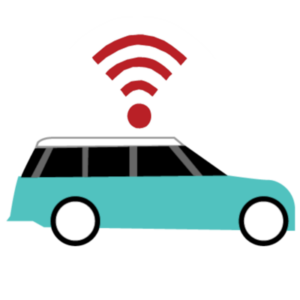
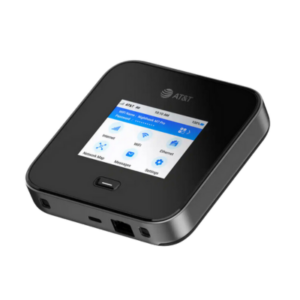
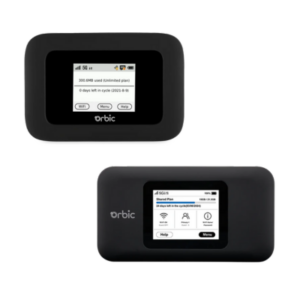
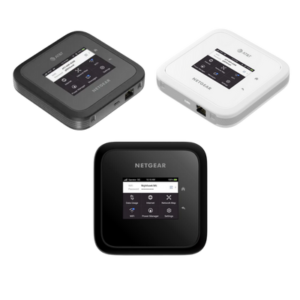
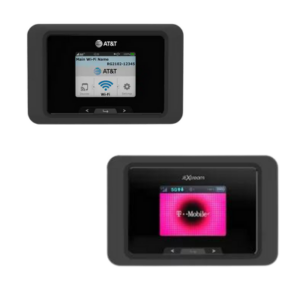
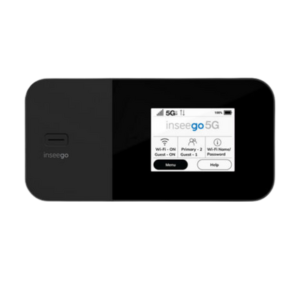
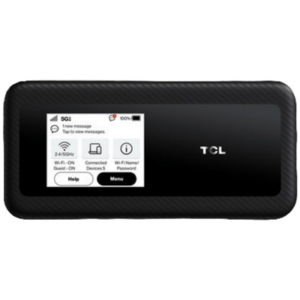

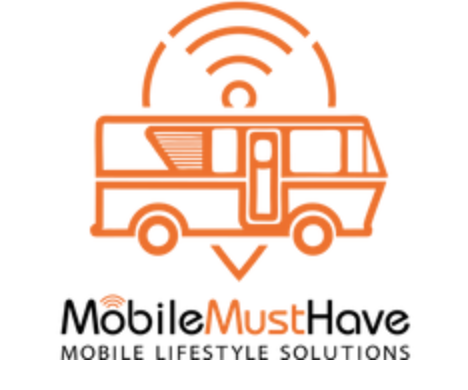

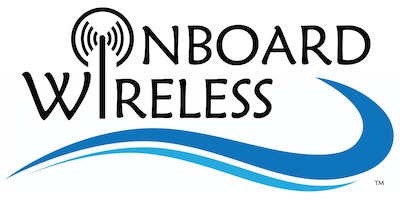




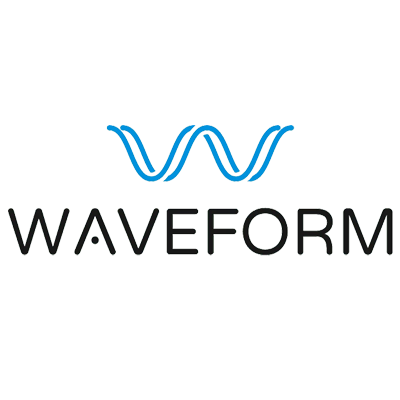

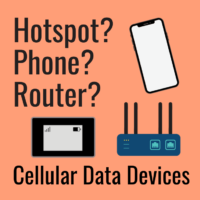
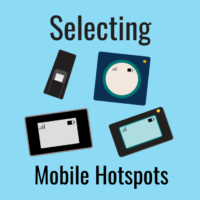
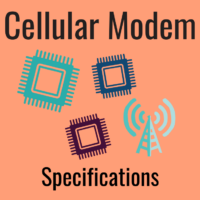
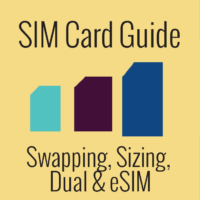
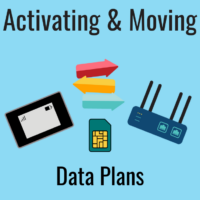
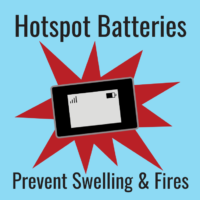
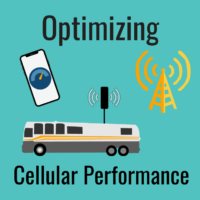
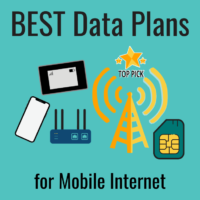



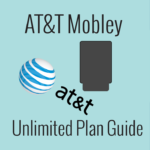
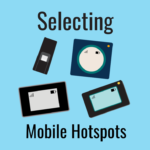

 Mobile Internet Resource Center (dba Two Steps Beyond LLC) is founded by Chris & Cherie of
Mobile Internet Resource Center (dba Two Steps Beyond LLC) is founded by Chris & Cherie of